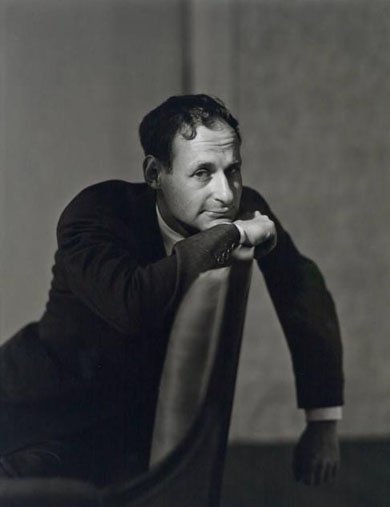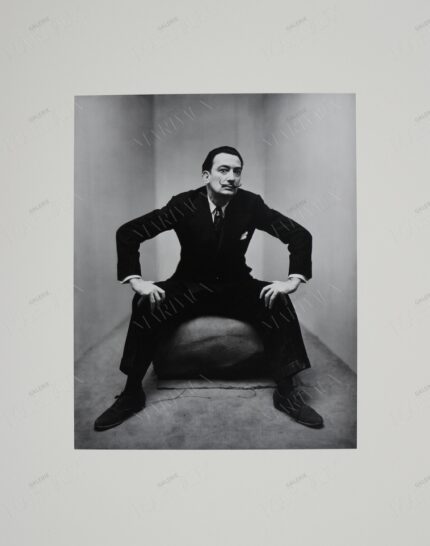Irving Penn
Irving Penn (1917–2009) was an American photographer renowned for his elegant and minimalist portraits, still lifes, and fashion photography. His work is celebrated for its simplicity, meticulous attention to detail, and compositional precision, making him one of the twentieth century’s most influential and masterful photographers.
Penn’s career began in the 1940s after he secured a position as a staff photographer at Vogue magazine, under the encouragement and guidance of Alexander Liberman, the magazine’s art director. This role allowed Penn to redefine fashion photography with his distinct style, characterized by clean, clear images that focused on the subject with minimal distractions. His portraits, often set against a simple grey or white backdrop, captured the essence of his subjects with stark simplicity and profound depth, including many of the leading cultural figures of the 20th century such as Pablo Picasso, Truman Capote, and Marlene Dietrich.
Aside from his iconic fashion work and celebrity portraits, Penn had a profound interest in still life photography. His still lifes are notable for their arrangement of mundane objects, creating compositions that are both aesthetically pleasing and intellectually engaging, often exploring themes of beauty, decay, and permanence. His series “Cigarettes” and “Street Material” are prime examples, where discarded objects are portrayed with the same level of dignity and elegance as his high-fashion subjects.
Penn’s approach to photography was highly technical, often employing traditional methods such as platinum printing, which added a richness and longevity to his prints. He was also known for experimenting with various photographic techniques and formats, including silver and platinum metals, dye transfer color, and gelatin silver prints, always pushing the boundaries of photographic art.
Throughout his career, Irving Penn’s work was exhibited in numerous galleries and museums worldwide, including a significant retrospective at the Metropolitan Museum of Art in New York City in 2009, the year of his death. His photographs are part of many major collections, and he has published several books that compile his works, contributing significantly to the field of photographic literature.
Penn’s legacy is that of a pioneer who elevated fashion photography to an art form and who, through his portraits and still lifes, sought to uncover the enduring beauty and complexity of his subjects, stripping away the superfluous to reveal their essence.







